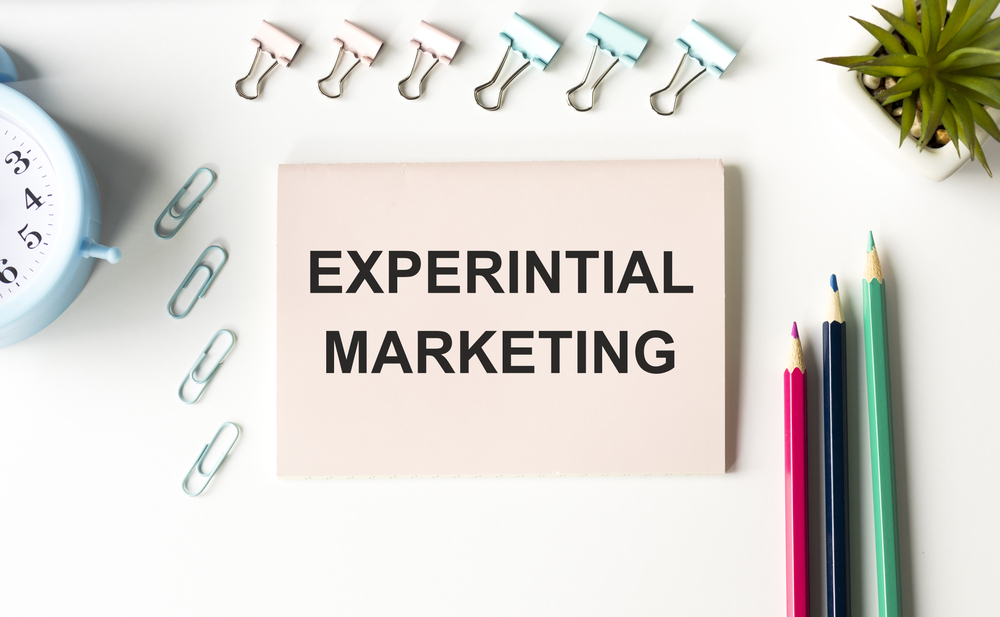
If you are wondering when your side hustle can realistically replace your full-time income, you need more than a gut feeling. You need a plan that models revenue, costs, taxes, benefits you will have to self-fund, and a cash runway that can absorb shocks. This guide walks you through a practical, numbers-first approach using current data and reliable benchmarks, so you can choose a target date and know what milestones must be hit along the way.
Why Planning Matters Now
Side hustles are no longer fringe. The Federal Reserve’s Survey of Household Economics and Decisionmaking (October 2024, published in 2025) reports that a meaningful share of adults earned money outside traditional jobs, yet only about one in five of those doing gig activities considered it their main job. That gap shows how many people are experimenting before they leap — which makes a strong transition plan essential.
Step 1: Define Your Replacement-Income Target
Start with your current total compensation, not just your net pay. Include employer-paid benefits that you will need to self-fund.
1) Salary Anchor:
A simple market yardstick is median weekly earnings for full-time workers. In Q2 2025, the median was about $1,196 per week, or roughly $62,000 per year. Adjust this number up or down to match your actual W-2 income.
2) Health Insurance:
In 2025, the average annual family premium for employer-sponsored coverage reached $26,993. Workers paid about $6,850 of that on average, with employers covering the rest. If you go solo, assume you will shoulder the full premium yourself unless you plan to switch to another arrangement.
3) Taxes:
As a self-employed owner, you owe self-employment tax at 15.3% on most net earnings, with a few nuances (such as the 92.35% base factor). Your income tax also changes because deductions and retirement contributions differ. Model a higher tax outflow than your W-2 scenario.
4) Inflation:
Your target needs to grow with prices. As of August 2025, consumer prices were up 2.9% year over year. Use a realistic inflation assumption so today’s target doesn’t fall short next year.
Step 2: Build a Conservative Revenue Model
Estimate monthly revenue for the next 18 to 24 months. Forecast by product or client segment and explicitly model seasonality.
- Start with your trailing twelve months. Note which months spike and why.
- Segment by acquisition channel — for example, direct referrals, marketplace platforms, and paid ads typically convert and churn differently.
- Apply two growth rates: a base case that reflects your recent momentum and a haircut case that’s 25–50% lower to stress test your plan.
- Add lead times. If a new product requires three months to launch, reflect that delay.
Unemployment was 4.3% in August 2025, signaling a stable labor market. In a softer economy, your client pipeline may take longer to build, so keep a downside version of your plan even if things look solid now.
Step 3: Map Expenses and the Benefits Gap
Your side hustle’s expense line will rise as you professionalize. List fixed and variable costs, then add items your employer used to subsidize. This helps you determine the true cost of replacing your full-time income.
-
Health Coverage:
Use the current family premium figure as a ceiling and price your actual plan options.
-
Retirement:
Decide what you’ll contribute via a SEP-IRA, Solo 401(k), or SIMPLE IRA — include employer-match equivalents if you want to replicate them.
-
Taxes:
Set aside a percentage of net income for quarterly estimates to avoid penalties.
-
Tools and Operations:
Software, marketing, accounting, and insurance typically scale with revenue.
-
Inflation Buffer:
With CPI near 3%, build a small escalator into expense categories that track inflation.
Step 4: Set a Runway and Risk Guardrails
A cash buffer gives you time to solve problems without retreating to a paycheck. The U.S. personal saving rate was 4.6% in August 2025, modest by historical standards, making deliberate saving crucial.
How much runway is enough depends on your volatility and household obligations. Consumer finance authorities recommend three to six months of expenses as an emergency fund, and more for variable income households.
Goal: Build at least a six-month runway that covers both operating and household costs, held in liquid accounts. Keep a separate tax reserve on top.
Step 5: Use Future Value Math to Pick the Date
Timing your leap is easier when you quantify how today’s contributions grow. A future value projection helps you see whether saving a fixed amount from your day job plus side-hustle profits will reach your runway threshold by a specific month.
Try a quick scenario with a future value calculator. Enter your current savings, monthly contributions, a conservative annual return assumption for a high-yield account or T-bill ladder, and the number of months until your target date.
If the future value meets your runway threshold in both base and haircut scenarios, you’re ready to plan when your side hustle will replace your full-time income.
Step 6: Convert the Math into Decision Rules
Even with a date on the calendar, make the jump contingent on data-driven milestones.
Revenue Thresholds
- Three consecutive months of net business income at or above your after-tax replacement target.
- A 90-day pipeline equal to at least one quarter of your target annual revenue.
Cost and Benefit Thresholds
- Health insurance selected and funded for at least the first six months.
- Tax processes in place with quarterly estimates scheduled.
Runway Thresholds
- Emergency fund at or above target, in liquid assets.
- Tax reserve funded based on year-to-date profit.
Step 7: Stress Test with Inflation and Demand Shocks
Run a scenario where inflation runs one percentage point higher for a year, and another where your revenue drops 20% for two quarters. Ask:
- Does your runway still cover six months of expenses?
- Does your pipeline rebuild fast enough to recover?
With CPI near 3% and savings rates around 4.5%, it’s smart to stay conservative. This ensures you can still replace your full-time income even under pressure.
Step 8: Translate Everything Into a Monthly Scorecard
Before and after the leap, track these metrics:
- Net revenue vs. plan
- Gross margin by offering
- Customer concentration risk
- Lead indicators (inquiries, proposals sent, average sales cycle)
- Cash runway (months on hand)
- Tax set-aside ratio and quarterly estimate status
Add a green-yellow-red status next to each metric so you can act early when trends shift.
What the Broader Environment Means for Your Timing
Three macro points deserve special attention:
1) Wages and Inflation:
Median earnings rose in 2025, but prices also climbed. Your pricing strategy needs to keep pace with input costs and personal expenses. Track both BLS earnings and inflation releases to stay current.
2) Health Costs:
Family premiums averaged $26,993 in 2025, up 6% year over year; over five years, premium growth has been roughly in line with inflation and slightly below wage growth. Shop coverage several months before your leap and factor the full cost into your target income.
3) Labor Market:
With unemployment in the mid-4s, client demand remains healthy, but conditions can shift. Keep a contingency timeline if bookings slow for two or three months.
A 90-Day Checklist Before You Quit
-
Month −3:
Lock health coverage quotes, open a tax account, and finalize quarterly estimate cadence.
-
Month −2:
Verify pipeline coverage and extend contracts with current clients.
-
Month −1:
Confirm runway and tax reserve balances; rerun your future value projection to ensure the target still holds.
-
Leap Month:
Shift to weekly cash flow reviews, adjust invoice terms to maintain liquidity, and tighten follow-up cycles to shorten payment delays.
The Decision in One Line
You’re ready to leap when your side hustle delivers three straight months of income at or above your after-tax target, you hold six months of liquid runway, your pipeline covers the next quarter, and your insurance and tax logistics are ready.
Today’s data on inflation, savings rates, and benefit costs make one thing clear: building those cushions first isn’t optional — it’s your safety net for freedom.
Find a Home-Based Business to Start-Up >>> Hundreds of Business Listings.













































